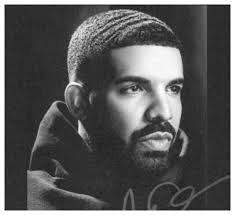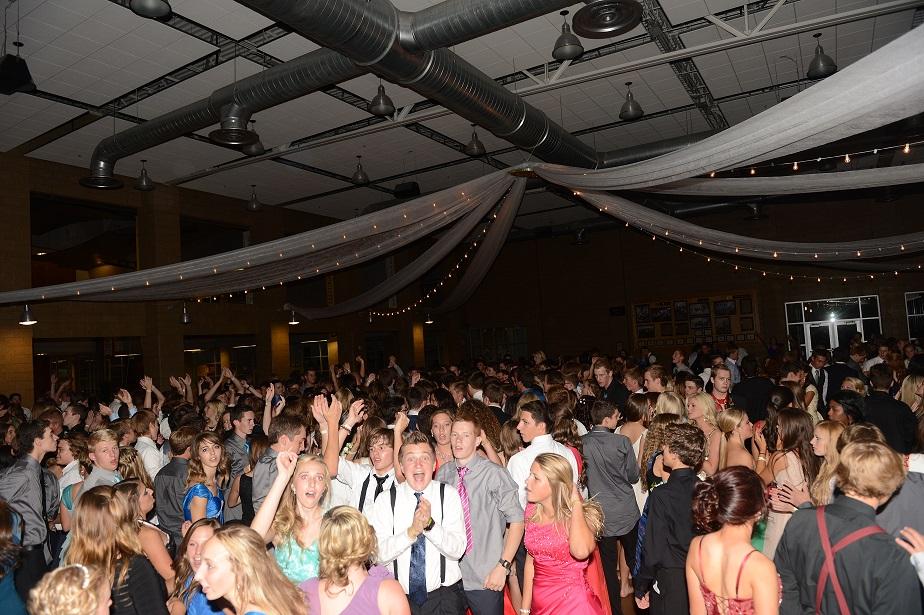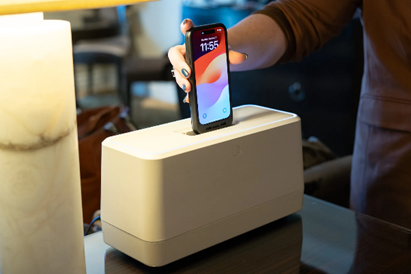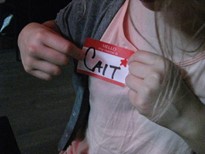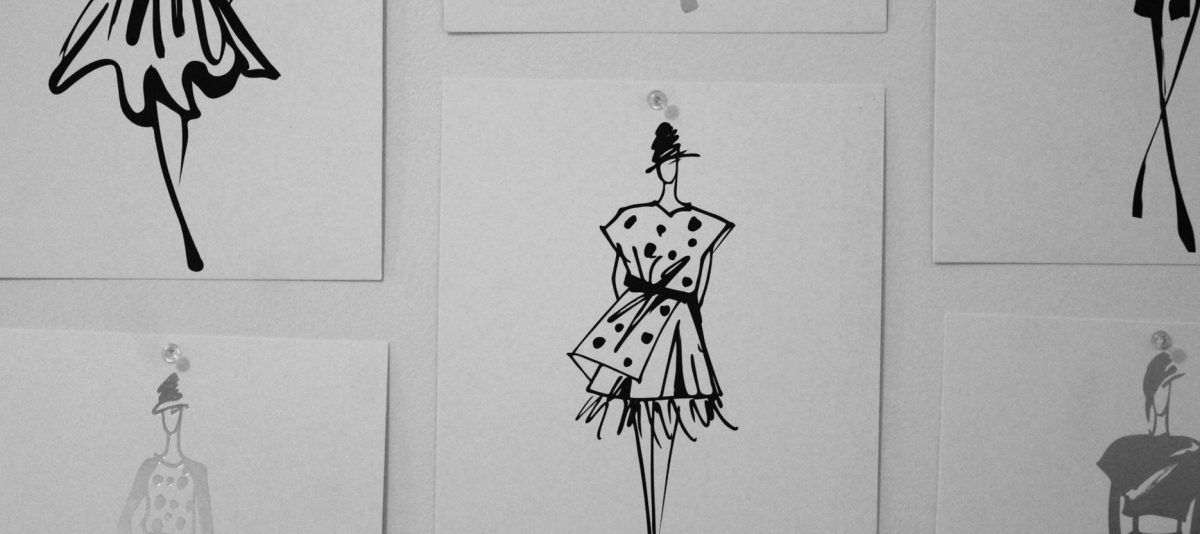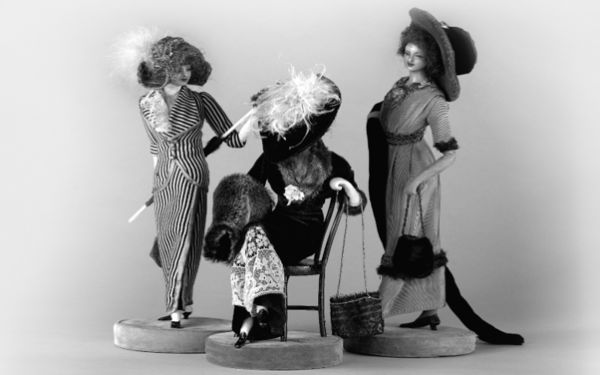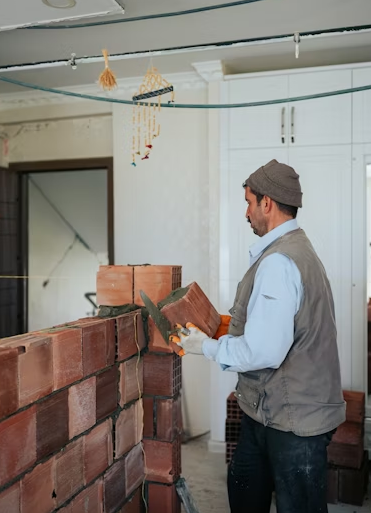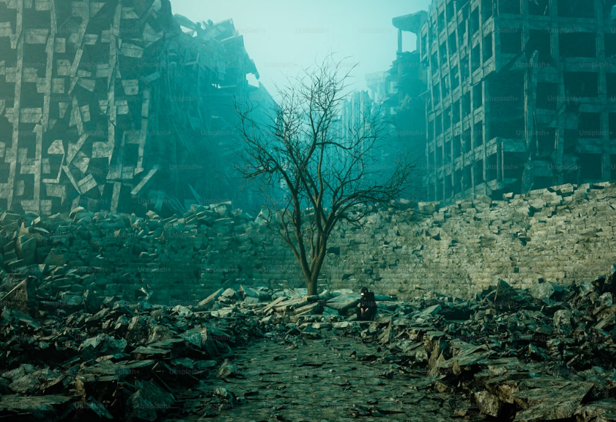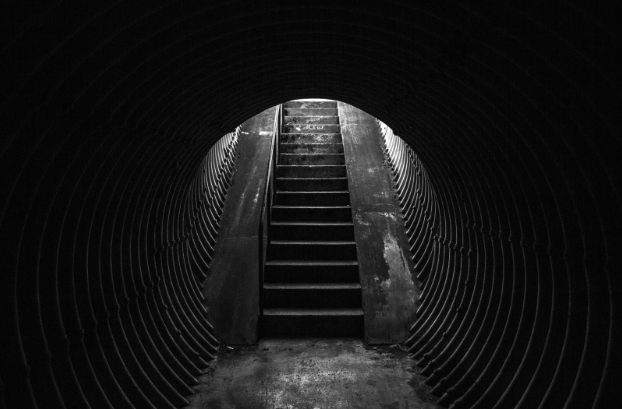Have you ever refreshed your favorite social media feed and seen and item go from “new” to “everywhere” in a single afternoon? Today, a new unique style or the latest designer bag can be replicated by the fast-fashion giants and be available to buy before the week is out. The speed is measured in hours, if not in minutes, and the trendsetter is often just a teenager with a viral video. The era of endless choice has arrived – and now all the world’s designers and fashion houses are constantly competing to attract the attention of the customer.
But what did the fashion cycle look like before the internet, before photography, and even before fashion magazines?
In the 17th and 18th centuries, one place dictated global style: the glittering court of Versailles. Under the absolute rule of monarchs, the French royal court was not just a seat of government, but the undisputed center of elegance, extravagance, and fashion authority. Every devoted follower of fashion, in every country, and in every advanced city, waited for news from Paris.
Because communication was so slow, finding out what was fashionable was a complicated, month-long affair that hinged on very expensive, wooden ambassadors dressed in perfect couture. They were known as the “Poupées de Mode” – the French Fashion Dolls. Imagine them – delicately craved, with hand-painted faces, packed meticulously into dusty wooden trunks and sent across Europe by horse-drawn coach or sailing ship. The speed of a trend was measured in months, not minutes. A new silhouette, a revolutionary neckline, or the exact height of a wig might take three to six months to arrive in another capital. This timeline was frequently interrupted or delayed by poor roads, bad weather, or even worse: war. In fact, the fashion dolls were often the only cargo granted diplomatic immunity to cross enemy borders during conflicts, a testament of fashion’s political and economic power.
Usually, two types of dolls were sent to clients across the continent. There was the Grande Poupée (Grand Doll), which wore the elaborate, formal court gown for balls and state occasions. And the Petite Poupée (Little Doll) showcased the slightly more casual, day-to-day dress. The dolls were not toys or common retail items. They were extremely expensive tools, commissioned by wealthy noble clients or by local dressmakers. These seamstresses would study the dolls’ precise construction, using their garments as intricate patterns to meticulously recreate the styles for their local clientele. The dolls brought the idea of Parisian style; the skilled worker brought the reality.
Although, even despite significant changes in fashion, portability and the digital revolution, the underlying human compulsion stays the same: the desire to connect, to belong, and to express themselves through style.
The currency has simply changed: In the 17th century, the cost of being fashionable was measured in silk, the security of a fragile shipping crate, and months of waiting. Today, it’s measured in algorithmic attention, manufacturing speed, and the fleeting longevity of a trend—but the essential quest for style remains the same.
Credits:
- https://commons.wikimedia.org/wiki/File:Mod%C3%A8le_Drecoll,_1967.33.3%281%29.jpg
- https://www.ebsco.com/research-starters/politics-and-government/french-court-moves-versailles?hl=en-US
- https://recollections.biz/blog/before-fashion-magazines-there-were-fashion-dolls/?hl=en-US
- https://uw.pressbooks.pub/lafrancesauvee/chapter/design-inspiration-paper-dolls/?hl=en-US













